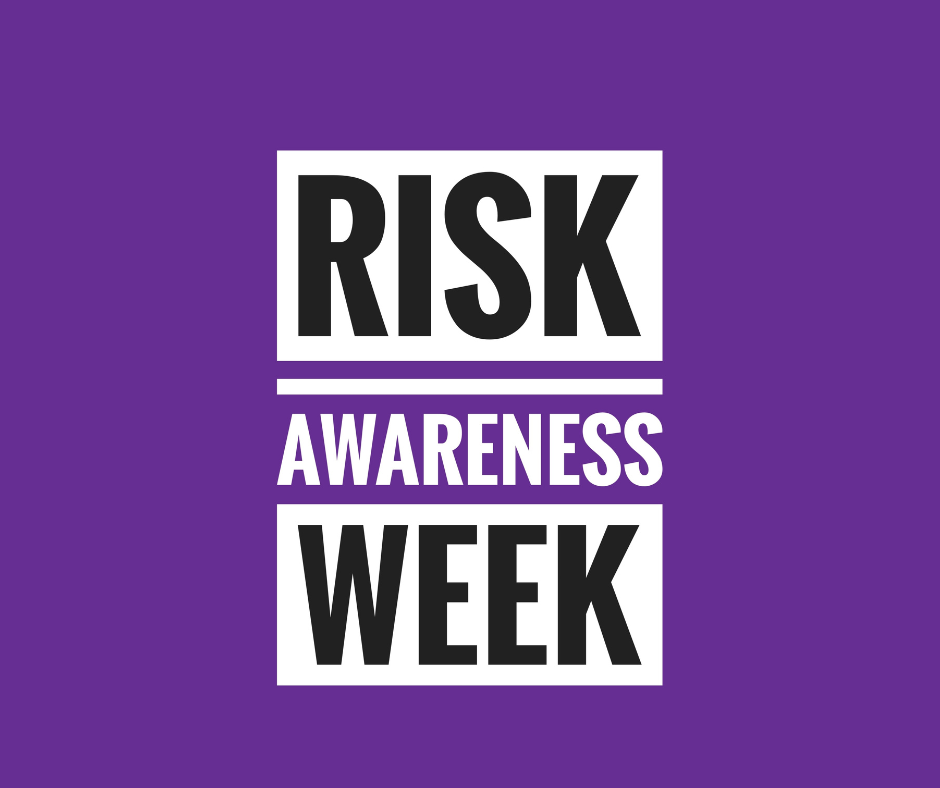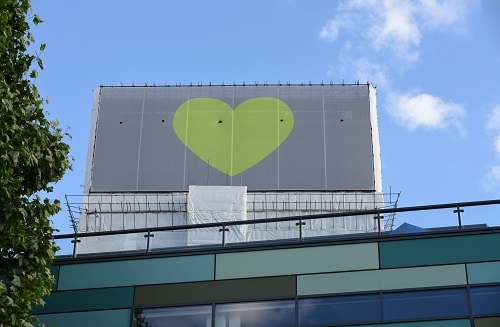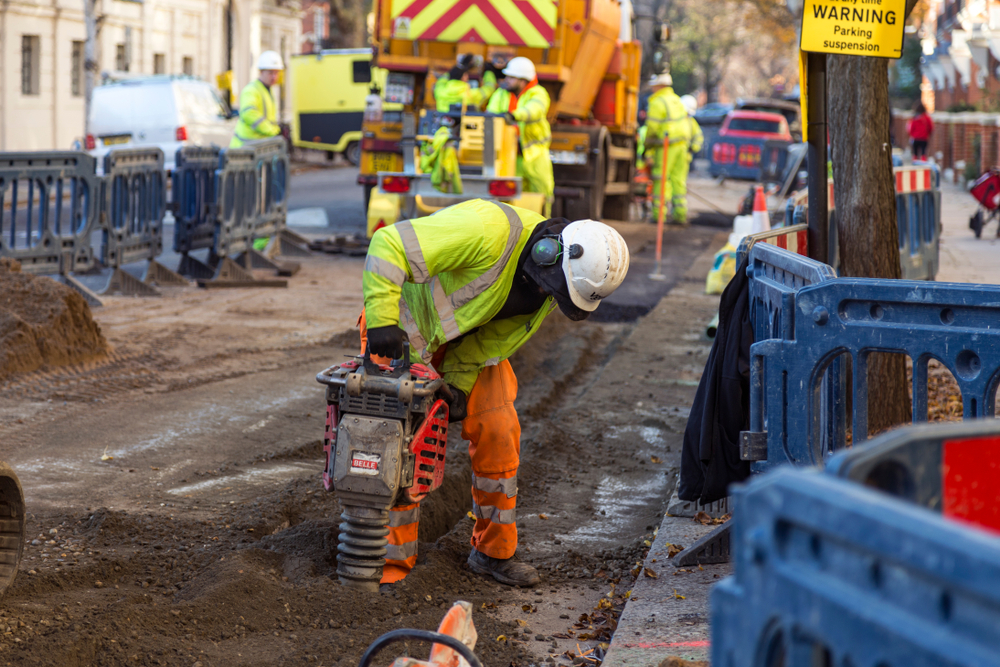A safe route to putting apprentices onsite

Carrying out essential work, and even travel in close proximity, has presented new obstacles in 2020.
Apprentice travel and training has been flagged up as a particular challenge, with companies pondering how to get any apprentices who don’t drive to, from and around sites, and whether it’s possible to do close proximity apprentice training and supervision.
Apprentices are vital to current and future operations in our sector, so ECA has produced two flow charts that clearly show various practical solutions to these issues.
By now we all know the three most effective routes to preventing the spread of coronavirus on site and when travelling:
• social distancing;
• effective hand washing; and thirdly
• thorough cleaning of all contactable surfaces and equipment – plus preventing unnecessary sharing of items or equipment.
While all activities should be planned and organised to avoid unnecessary close proximity (work less than 2m) sometimes close proximity, such as supervision of apprentices’ work, or travelling in shared vehicles, is necessary.
If close proximity apprentice activity needs to continue for the business to operate – which may well include essential training, supervision and various tasks – firstly, conduct a suitable and sufficient risk assessment. ECA Members can use, or refer to, eRAMS for how to draw up such a risk assessment and applicable method statement.
The risk assessment should include all the necessary mitigating actions (applying a hierarchy of measures) to eliminate or control the risk of transmission from close proximity work.
This means implementing as many of the following measures as reasonably practicable:
• Minimise the frequency and time workers are within 2 metres of each other
• Minimise the number of workers involved in the task
• Workers should work side by side or facing away from each other: avoid face to face working wherever possible.
If workers must work within 2 metres of each other, keep the team:
• Together (do not change workers within teams)
• As small as possible
• Away from other workers or others, where possible
• Consider using a permit (linked to a method statement) or other authorisation process for close proximity activities
• Provide designated supervision (this may include a ‘compliance champion’) to monitor and manage compliance with close proximity measures
• Consider the use of temporary barriers between workers (e.g. clear flexible barriers in vehicles).
Masks or face coverings?
Don’t rely solely on masks or face coverings as the sole mitigating measure against coronavirus. The measures above must first be deployed, to mitigate the risk as far as reasonably practicable. For more information on this, please see the ECA/BESA GN2 guide via ECA’s Business Recovery page – www.eca.co.uk/business-recovery.
The two flow charts (which can be adapted to any workers at close proximity) aim to help employers understand their options and make well informed health and safety and employment decisions about the continued deployment of apprentices on-site.
Are you up to date with ECAtoday?
ECAtoday is the official online magazine of ECA and reaches thousands of people within the electrotechnical and engineering services industry.













.jpg?ext=.jpg)
.jpg?ext=.jpg)
